



ORGANS OF PARIS © 2024 Vincent Hildebrandt HOME ALL ORGANS

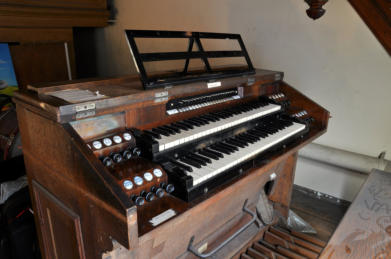
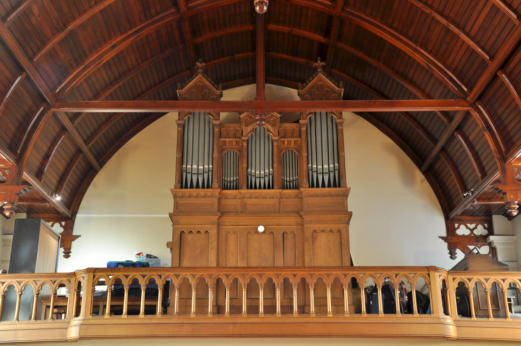

It was built at the end of the 19th century in the
neo-Gothic style. It has a beautiful wooden
ceiling in the shape of a boat hull.
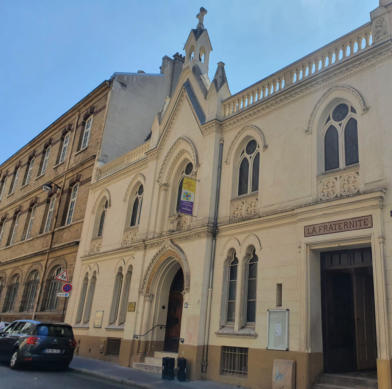
Organiste titulaire
?
Cultes avec orgue
Sundays 10:30 AM
Photos de l’orgue : Martin Foisset
C1
In 1894, the organ was built by the German house of the
Gebr-der Link, giengen an der Brenz, for the German Lutheran
parish, located at Rue Blanche. It was exhibited at the
Antwerp World's Fair and was inaugurated by Charles-Marie
Widor.
During the sequester of the German Lutheran parish, it was
bought and transferred in 1925 to the Lutheran Church of
Ascension thanks to Widor's intervention.
Since its construction, it has not been changed and it is a
beautiful witness to the industrial Germanic bill of the early
20th century. It requires a maintenance.
Note that the instrument is very similar to those of
Merkwiller-Pechelbronn, Scharrabergheim-Irmstett located in
Alsace. It is also one of the few organs in Paris to have cone
wind chests.
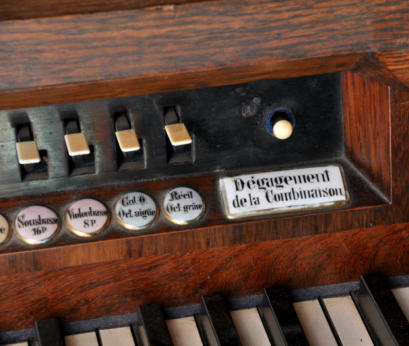
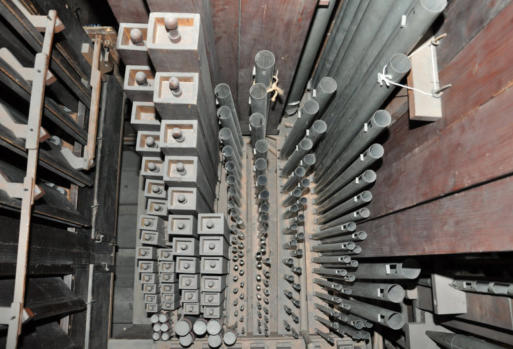
Organs of Paris
ORGANS OF PARIS © 2024 Vincent Hildebrandt ALL ORGANS
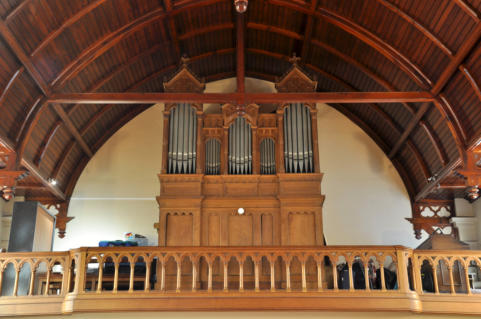
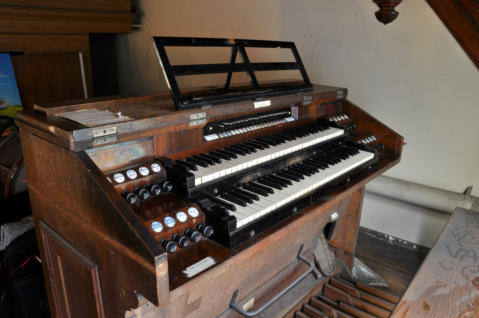
C1
In 1894, the organ was built by the German house of the
Gebr-der Link, giengen an der Brenz, for the German Lutheran
parish, located at Rue Blanche. It was exhibited at the
Antwerp World's Fair and was inaugurated by Charles-Marie
Widor.
During the sequester of the German Lutheran parish, it was
bought and transferred in 1925 to the Lutheran Church of
Ascension thanks to Widor's intervention.
Since its construction, it has not been changed and it is a
beautiful witness to the industrial Germanic bill of the early
20th century. It requires a maintenance.
Note that the instrument is very similar to those of
Merkwiller-Pechelbronn, Scharrabergheim-Irmstett located in
Alsace. It is also one of the few organs in Paris to have cone
wind chests.
Organiste titulaire
?
Cultes avec orgue
Sundays 10:30 AM
Photos de l’orgue : Martin Foisset





















